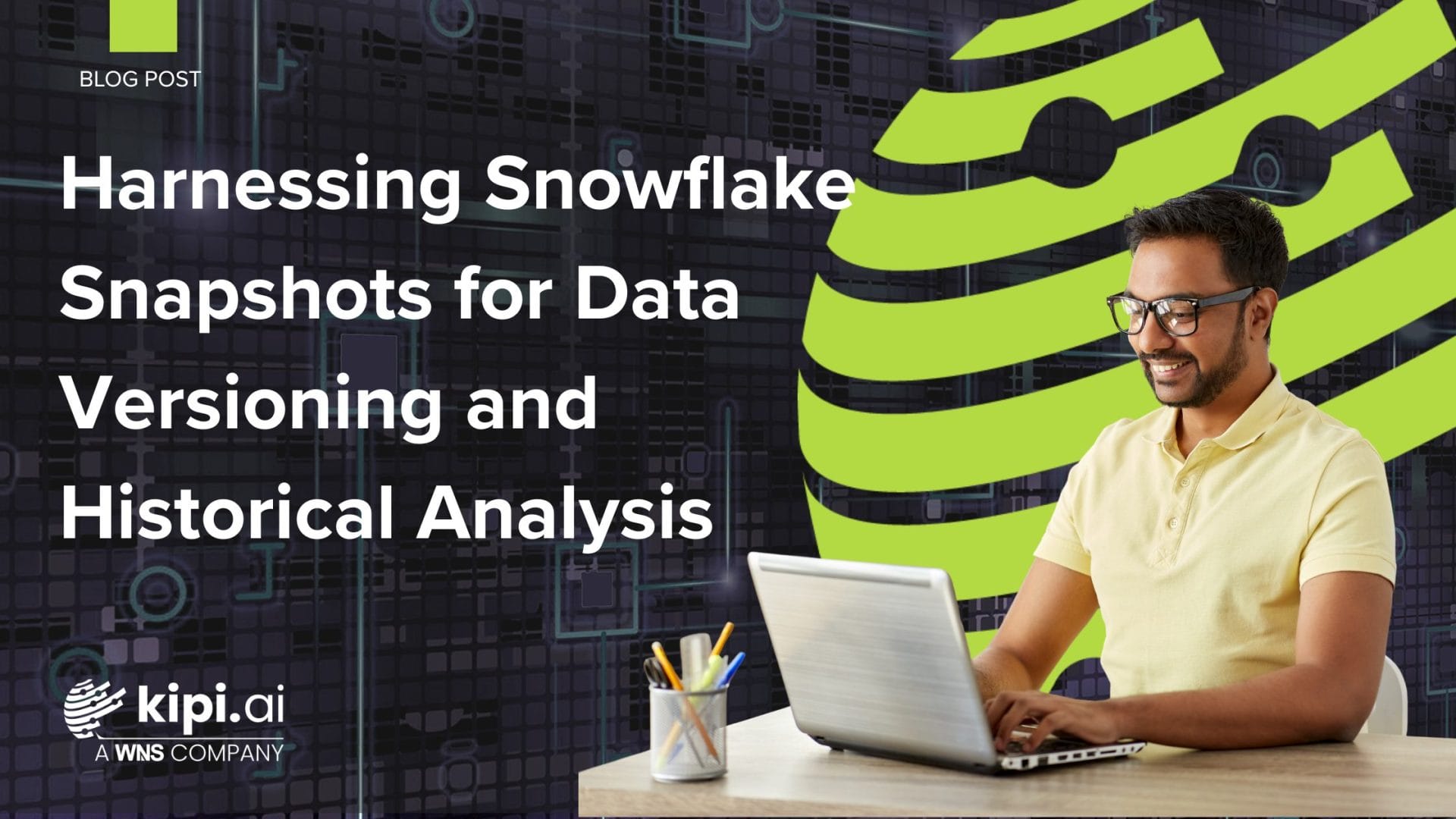Introduction
In the fast-paced world of property insurance, understanding exposure to recent weather events is crucial for managing risk, optimizing claim processes, and providing accurate policy pricing. Leveraging modern technology can significantly enhance these capabilities. A powerful solution involves integrating Snowflake, Tableau, and FEMA’s Real Time USA Storm Reports API to provide insurers with a dynamic, real-time view of their weather-related exposure.
The Power of Snowflake
Snowflake is a cloud-based data warehousing platform that offers scalability, performance, and seamless data integration capabilities. For property insurers, Snowflake acts as the backbone of this solution, enabling the ingestion and storage of vast amounts of weather data from FEMA’s API alongside internal claims and policy data. Its robust architecture ensures that data is updated in real-time, providing insurers with the most current information.
Using Snowflake, insurers can easily handle the ingestion of high-volume, real-time data from FEMA’s Geospatial Resource Center. This includes storm reports, weather warnings, and other critical information that could impact insured properties. The platform’s ability to perform complex queries quickly allows insurers to analyze this data in conjunction with their existing datasets, offering deeper insights into risk exposure and potential claims.
Visualization with Tableau
Tableau, a leading data visualization tool, works in tandem with Snowflake to transform raw data into intuitive, interactive dashboards. For property insurers, Tableau can visualize data from Snowflake, highlighting areas affected by recent weather events and mapping them against insured properties.
Through Tableau’s powerful visualization capabilities, insurers can:
- Identify High-Risk Areas: By overlaying storm report data on geographical maps, insurers can pinpoint regions experiencing severe weather. This helps in assessing which policyholders are at immediate risk.
- Analyze Claims Trends: Visualize historical data alongside current storm reports to identify patterns and predict future claims spikes. This aids in resource allocation and risk management.
- Real-Time Monitoring: Tableau dashboards can be set up to refresh in real-time, providing an up-to-date view of weather impacts. Insurers can monitor ongoing events and respond proactively to emerging risks.
Real-Time Insights with FEMA’s API
FEMA’s Real Time USA Storm Reports API is a treasure trove of weather data, offering updates every 15 minutes on storms, floods, and other natural disasters. By integrating this API with Snowflake, insurers receive a continuous stream of data that reflects the latest weather conditions across the USA.
The API provides detailed information such as storm paths, intensity, and affected areas, which are crucial for assessing the potential impact on insured properties. When fed into Snowflake and visualized through Tableau, this data becomes a powerful tool for insurers to:
- Enhance Risk Assessment: Real-time data allows insurers to assess the risk to properties immediately as weather events unfold. This leads to better-informed underwriting decisions and pricing strategies.
- Improve Claims Processing: Rapid access to weather event data can expedite claims validation and processing. Insurers can quickly verify if a reported claim corresponds with an actual weather event in the area.
- Customer Communication: Insurers can proactively reach out to policyholders in affected areas, providing them with necessary information and support, thereby improving customer satisfaction and retention.
A Unified Solution
Integrating Snowflake, Tableau, and FEMA’s Real Time USA Storm Reports API creates a unified solution that empowers property insurers with real-time, actionable insights. By combining Snowflake’s robust data handling capabilities, Tableau’s intuitive visualization power, and FEMA’s comprehensive weather data, insurers can significantly enhance their operational efficiency and decision-making processes.
This solution not only helps insurers manage their current risk exposure but also enables them to predict and prepare for future events. In an industry where timely and accurate information is paramount, leveraging these technologies provides a competitive edge and ensures better protection for both insurers and their policyholders.
By embracing this innovative approach, property insurers can navigate the challenges posed by severe weather events with greater confidence and precision, ultimately leading to more resilient and responsive insurance operations.







